Cart
Your cart is empty
Looks like you haven’t added anything yet, browse new arrivals below!
Continue ShoppingSeek Comfort for Your Cerebral Palsy
Gentle, adaptive footwear engineered to support balance, stability, and smoother steps—designed to help individuals with cerebral palsy feel more confident during everyday movement. Cadense shoes provide cushioning, traction, and mobility support for common CP-related gait challenges.

Medically reviewed by:
Dr. Obianuju Helen Okoye, MD
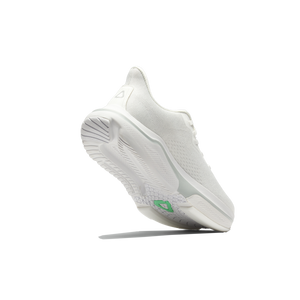

“I really think this is going to help a lot of people worrying less about falling.”

“These shoes are very special to me, because they help you to walk.”

“They are snug and comfy, easy to use, and built to last.”
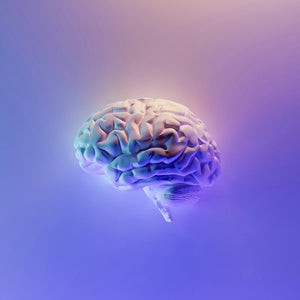
Cerebral palsy is an umbrella term that encompasses multiple movement disorders. It affects 1 out of 345 children in the U.S. alone.
The word “cerebral” in the name refers to the origin of these disorders being in the brain, while “palsy” describes their nature as muscle problems.
Although CP is lifelong, it is not progressive. The condition can be mild, moderate or severe. It can be managed and improved in many cases through appropriate treatment.
Because CP affects movement, muscle tone, and coordination, many individuals develop gait patterns such as toe drag, reduced stride length, difficulty lifting the feet, or instability during transitions between surfaces. Supportive footwear can help make these movements safer and more predictable.
Supportive, adaptive footwear helps individuals with CP feel more stable on their feet, reduces toe-catching, and supports natural movement—important for navigating daily environments like school, work, and therapy sessions.

Therapists often combine medical treatment with orthotic devices and supportive footwear to help individuals maintain alignment, improve balance, and reduce fall risk.

The muscle tightness that can accompany CP can be treated with muscle or nerve injections, or oral muscle relaxants. Doctors may also prescribe injections that help to reduce drooling.

Sometimes as children with cerebral palsy are growing, they experience a shortening of their muscles or tendons that is called “contractures.” A surgeon can restore correct limb and spine placement by lengthening the shortened tissue. Another type of surgery that is sometimes used to treat cerebral palsy is selective dorsal rhizotomy. This is a procedure in which a surgeon cuts certain nerve fibers to help combat painful spasms that are not being helped through more conservative treatments. Numbness can result, however.

The focus of occupational therapy for patients with cerebral palsy is to help restore and maintain independence at home, at school and at work.
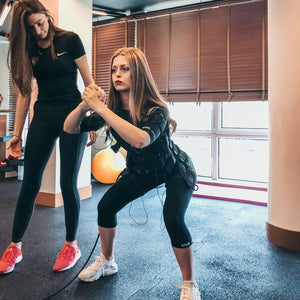
Patients with CP may also benefit from physical therapy, which is aimed at restoring and maintaining natural movements. According to a systematic review in Cureus, physical therapy interventions such as resistance exercises, stretching, and cycling can lead to improvements in cardiovascular endurance, coordination, balance and gait.
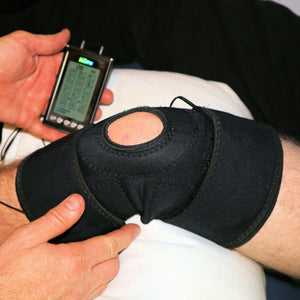
“Rehabilitation” refers to an umbrella of treatments, including physical therapy, speech therapy, recreational therapy and occupational therapy. It also incorporates the use of braces and assistive devices. A rehabilitation specialist can help you come up with a plan for the most effective combination of treatments.
Exercising with cerebral palsy is safer, easier and more comfortable when you have high-quality footwear that boasts the features you need for a natural gait. Research confirms the benefits of choosing the right footwear for CP.
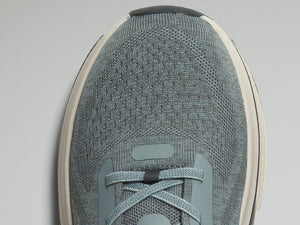
Choose a shoe that is wide enough to provide stability, and deep enough that you can add inserts for extra cushioning and support.
This is especially helpful for CP, as muscle tightness or braces may require additional room.
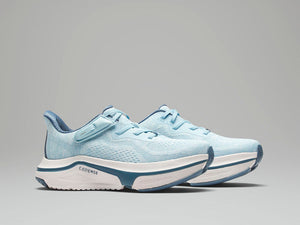
An upward curvature at the front of a shoe can reduce the amount of work muscles must perform during walking.
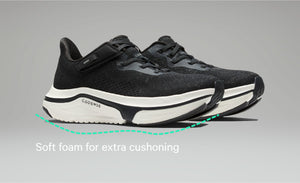
A shoe that fits snugly—but not too tightly—keeps the ankles aligned and helps prevent stumbles.
Shoes designed for CP can also support smoother stepping and reduce catching the toes on surfaces.
A shoe designed by experts who specialize in engineering footwear for patients with cerebral palsy and other health conditions can provide you with superior comfort and support compared to regular footwear.
The Cadense Original Adaptive Shoes for men and women features variable friction technology. This adaptive technology lets you “glide” over uneven surfaces, which can help if you have difficulty lifting your feet due to muscle weakness, spasms, or reduced range of motion.
Being able to walk comfortably and safely encourages more exercise, and promotes independent functioning in day to day life.
Cadense shoes offer stability, cushioning, controlled glide, and orthotic compatibility—features that support neurological mobility needs better than standard athletic footwear. These adaptive elements help individuals with CP move more confidently across various surfaces.
No — cerebral palsy is not progressive. The underlying brain injury does not worsen over time, though symptoms may change with growth, muscle development, or strain.
CP can influence balance, coordination, muscle tone, energy levels, and mobility — all of which may affect school, work, recreation, and independence.
Yes. With therapy, treatment, assistive tools, and supportive environments, many individuals with CP live active, fulfilling lives.
Diagnosis typically includes physical exams, developmental screenings, and imaging such as MRI or CT scans.
Treatment may include physical therapy, occupational therapy, medications, orthotics, mobility aids, and sometimes surgical intervention.
Most cases cannot be completely prevented, though prenatal care and reducing risk factors may help.
Shoes with wide bases, supportive cushioning, adjustable fit, and enough depth for orthotics are ideal for CP. Features that support smoother stepping — like toe spring, stability reinforcement, and controlled glide — can help improve balance and reduce tripping.
Adaptive shoes help stabilize the foot, reduce toe drag, and support more controlled steps. For people with CP, these features can compensate for uneven gait patterns, muscle tightness, or reduced dorsiflexion.
Many individuals do. Orthotics, AFOs, toe splay, or fluctuating muscle tone often require shoes with extra depth and width to maintain comfort and proper alignment.
Standard athletic shoes aren’t designed for neurological gait differences. Adaptive footwear offers stability, controlled motion, smoother transitions, and room for orthotics — all features that support safer, more predictable movement for individuals with CP.
Yes. Shoes with reliable traction, stable bases, and designs that assist forward motion can help reduce stumbling — especially for those who experience toe drag, spasticity, or balance challenges.
Most users find Cadense compatible due to their depth, adjustability, flexible uppers, and stable base. These features allow many brace types to fit comfortably without reducing mobility.
Absolutely. Supportive shoes that reduce slipping, improve balance, and create smoother step patterns can increase confidence and make everyday movement feel safer and more independent.
Looks like you haven’t added anything yet, browse new arrivals below!
Continue Shopping